I’ll try posting here since Meta suggested I was a threat to their system and maybe the internet. I don’t remember what I wrote off the top of my head and the assembled links are gone, so I’ll just repost these maps and see what comes to mind.
ROBOTYNE
Ukraine is advancing at a faster pace the last couple of weeks but don’t get too focused on the speed of the advance. Ukraine has worked to create advantageous situations for its forces that allowed it to grind up the Russian units to their front. This didn’t come without their own losses, but their casualties were much lower than Russia’s. This created even more advantages for Ukraine.
From May to July, Russia lost 3-4 artillery pieces to every gun Ukraine lost. This gave Ukraine fire superiority in this sector, enhanced by the delivery of the very effective DPICM ammo. It also seems that they are firing at lot more ammo at individual targets. Whether that means they are receiving more ammo and can sustain that, or they are surging with their ammo consumption and won’t be able to maintain that rate of fire, I don’t know. But one of several results of these factors is that Russia lost six guns for every Ukrainian artillery piece destroyed in August. The rate of Russian losses among vehicles and personnel has also increased.
What also seems clear is that Ukraine’s situational awareness has increased both on the front lines and deep into Russian-occupied territory. If it can be detected, and there is a weapon in range, it can be attacked. Russia’s 76th GAA Division, supposedly the best it had left, and relatively unscathed, was rushed to shore up the shakey defenses in the Robotyne sector. One of its regiments has already been mauled. The battlefield is a lot less stabile so there’s more movement, and Ukraine is detecting that movement. When Russian reinforcements move up to help defend a position, they get hit with artillery on the way. Forward supply depots are created and there is movement to collect ammo from it. Ukraine detects that and destroys it. Without reinforcements and ammo…or food and water, sometimes…it is easier for Ukraine to take a position. And when Russia assembles its troops for the standard counter-attack, they’re hit with artillery.
This movement doesn’t just expose Russia to artillery attacks. At one key position at Novoprokopivka, the Russians would rotate troops in and out on a regular basis. The Ukrainians observed the timing of these unit rotations and assaulted right in the middle of one. The Russian defenses weren’t set and alert. There were twice as many Russian troops than there normally was, but the comand and control was disorganized. Ukraine took the position and Russia suffered heavy casualties.
Then there are the prepared defensive lines. While it’s true that a bunker with overhead protection is better than a hastily-dug fighting position, all the trenches, anti-tank ditches, dragon’s teeth, and, yes, even the bunkers with overhead protection contribute only a little to Russia’s ability to prevent Ukraine’s advance. The two biggest factors are manpower and mines. Mines cause casualties and slow the Ukrainians down as they try to avoid casualties. Manpower, with its associated machine guns, AT weapons, indiret fire weapons and armored vehicles, can then attack Ukrainian units trying to cross the minefields. Minefields create a situation that puts Ukraine at a disadvantage, much more than a trench does.
When Russians retreat, Ukraine notes their path to see if they set off any mines. When Russia conducted an attack from Verbove, Ukraine watched the path they took so they could use that same route moving forward. When Ukraine came within a 7 km of Verbove, they sent an old unmanned vehicle across a large field just to see if it would set off any mines. It didn’t, and Ukraine launched a multi-brigade assault across the valley. (Image of unmanned Ukrainian vehicle testing for mines)
.
In the first six weeks of fighting, Ukraine had advanced about 3.5 km towards Robotyne.
In the five weeks since, they’ve advanced over 10 km across the valley to Verbove and past the ridge containing Hill 166. Mines, and mine density, makes a difference. With little to no mines, Ukraine can move faster. They don’t have to spend as much time in the kill zone and Russia doesn’t have as much time to reinforce or organize a counter-attack. Because of that, Ukraine’s growing fire superiority, increased surveillance capabilities and greater consumption of ammo, Russia started losing manpower at a faster rate.
As Ukraine pushes south, the number of mines will decrease. None of the other defense works are a major factor. Russia’s manpower will continue be attrited at a high rate. Nothing Russia is doing right now will stop that. Unless something changes, the biggest threat to continued Ukrainian advances is its ability to sustain their troops, in terms of casualties, supplies and exhaustion. If they can manage that, then Russia’s ability to resist will continue to diminish and the territorial gains will come, not just in the Robotyne sector, but at other locations, as well. By pulling troops other sectors to defend Robotyne, those sectors become vulnerable to Ukrainian advances. As Tom points out, Ukraine is increasing pressure by conducting attacks to the east of the Mokri Yaly Valley push where some Russian units were withdrawn to reinforce the Robotyne sector.
KHERSON
Kherson may be another one of those locations. The Russians pulled an airborne division from this sector and sent it to Robotyne. Very little is left of it now. That airborne division was replaced by poorly trained and motivated conscripts which have refused orders and failed to come to the aid of fellow units in distress. This created conditions more advantageous to Ukraine and they sent a small infantry force across the river, backed by artillery. The small force didn’t require a lot of supplies, and if Russia was able to overrun the beachhead then the scope of the losses would have been limited. But Ukraine values the lives of their soldiers and they were correct in their assessment that Russian conscripts could not, would not, mount an effective attack in the face of heavy artillery. So Ukraine sent over a second small force, with good results, and now they have sent a third at Kinburn Spit.
Russian patrols on the river do not make it back to their base. Ukraine is seemingly able to move at will on the river, even operating a pontoon section as a ferry. Ukrainian artillery is attriting Russian forces on and near the river, and Ukrainian missiles have attacked Russian training bases, headquarters, depots and air defenses, paving the way for drone attacks in Crimea. They’ve even conducted a raid in rubber boats in Crimea and dueled with Russian aircraft from those boats and lived.
The sea west of Crimea is already denied to the Russian navy because of the threat of naval drones. As Ukraine demonstrates growing strength in the air and ground, it would make sense that Russia would reinforce their defences here, but that’s not what’s happening. Robotyne is the current biggest threat and that’s where the Russian reinforcements are going. In the meantime, Ukraine is slowly increasing its presence on the left bank of the Dnieper river, decreasing Russia’s ability to observe Ukrainian activity while increasing their own surveillance capabilities.
Crossing a river the size of the Dnieper involves significant risks, not just in the crossing, but in the ability to supply the troops that make it across. The logistical efforts to supply a brigade of dismounted infantry is enormous. If you add vehicles with fuel and large caliber weapons, it’s that much more difficult. The 1-5 km wide marshes on the left bank limits the suitable supply routes over the river, and that limitation increases vulnerability. When Ukraine feels it has a decisive advantage to crossing and maintaining supply lines, it will move. If successful, that will be one more gaping hole in Russia’s defenses.



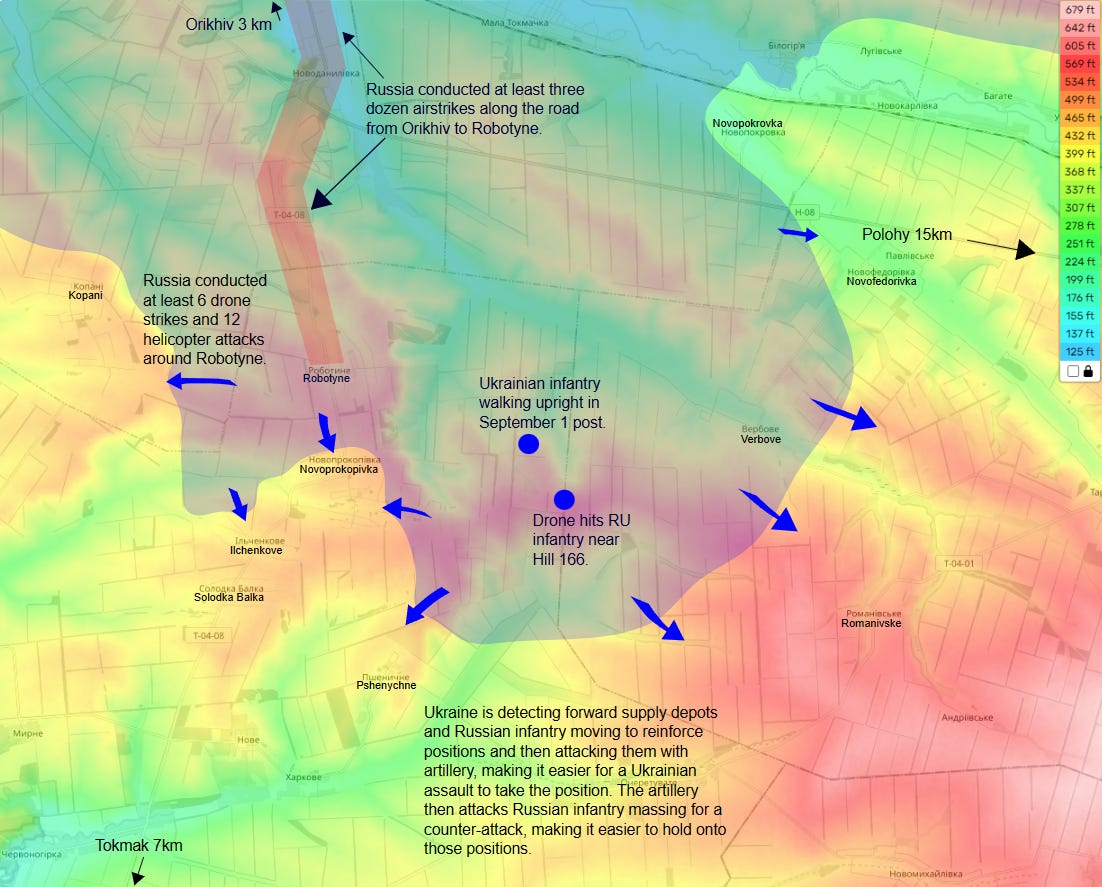
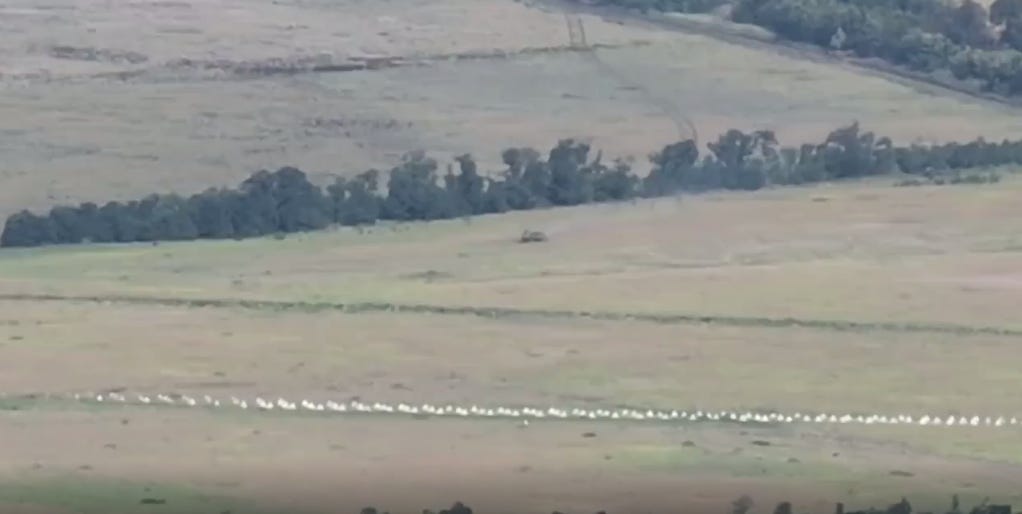
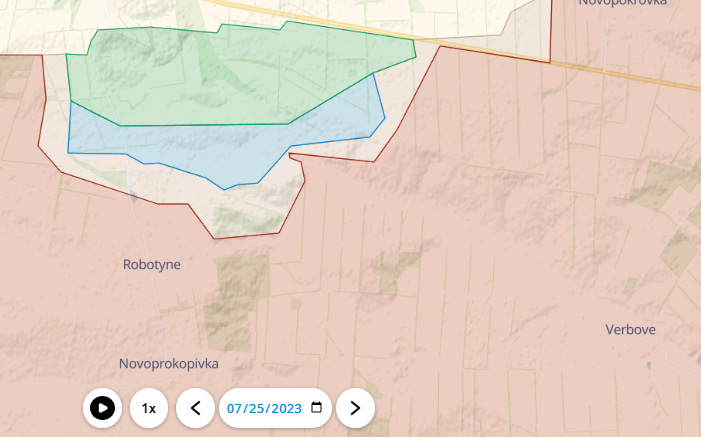
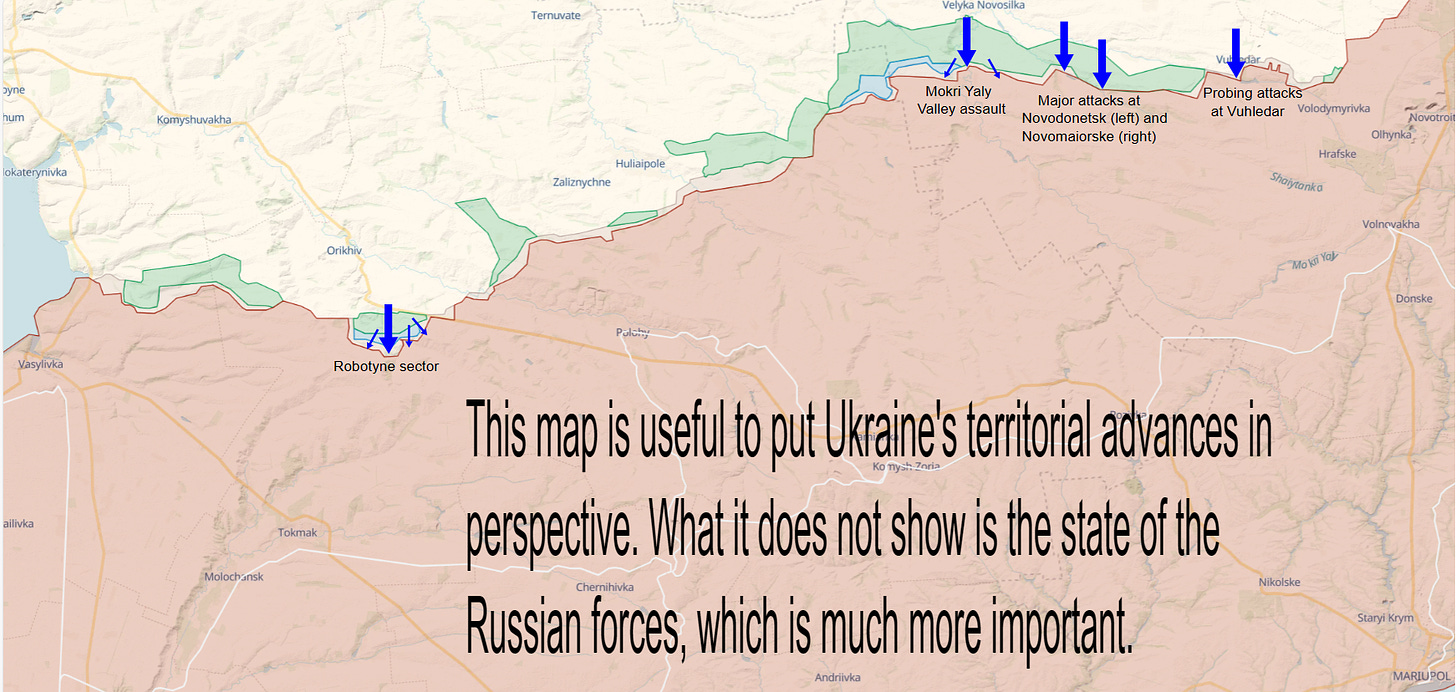
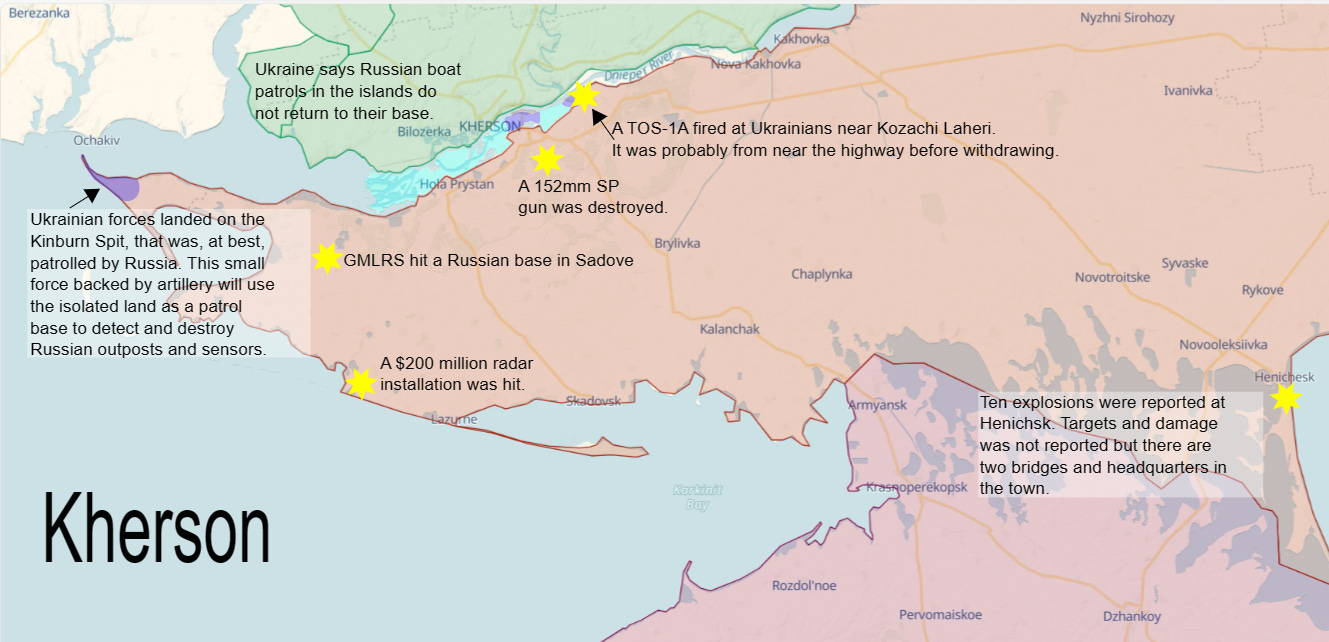
From my experience, automated moderation just hates links. Even one is a risk, and if you put a dozen, your pushing your luck. But I'm glad I can read you here, keep on the good work!